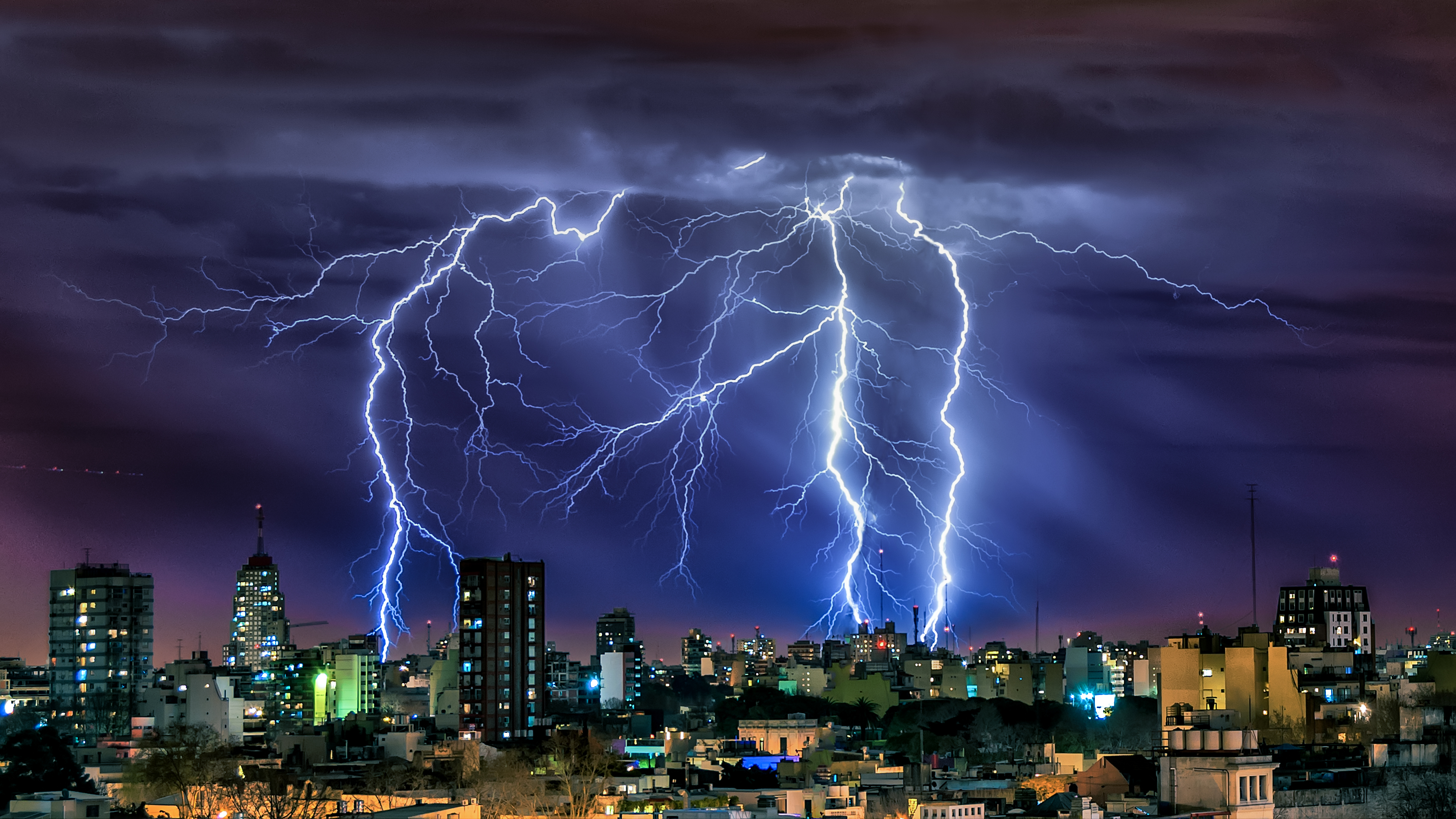
Are you ready to go storm chasing? They’re technically tricky and potentially very dangerous, but what photographer doesn’t have lightning on their wish list of shots to shoot?
An exciting if occasional niche of landscape photography, here’s everything you need to know to photograph lightning:
What is lightning?
An electrical storm is the result merely of warm air mixing with cooler, which polarizes the atmosphere to cause massive sparks of electricity in the atmosphere that explode the air as thunder. Predicting, reacting to, and then chasing and photographing lightning is a challenge, but if you know what you’re doing it can make for a memorable experience as well as great shots.
Read: Holy moly! Camera catches Christ the Redeemer being struck by lightning
Where and when to shoot lightning
It goes without saying that you need a thunderstorm at night to have a chance of photographing lighting looking impressive. If one is predicted – which you can find out using weather forecasting apps – get to a good vantage point where you can see a lot of sky, such as on a hill, in a high-rise building, or on a flat plain with a 360° view of the horizon. Scenic viewpoints in national parks are often a good option.
Thunderstorms can occur in most places, but there are some hotspots. The best times and places for lightning are the US include Florida (particularly around Tampa Bay) and Arizona in the summer months. In the UK it’s south-east England primarily from April to August,
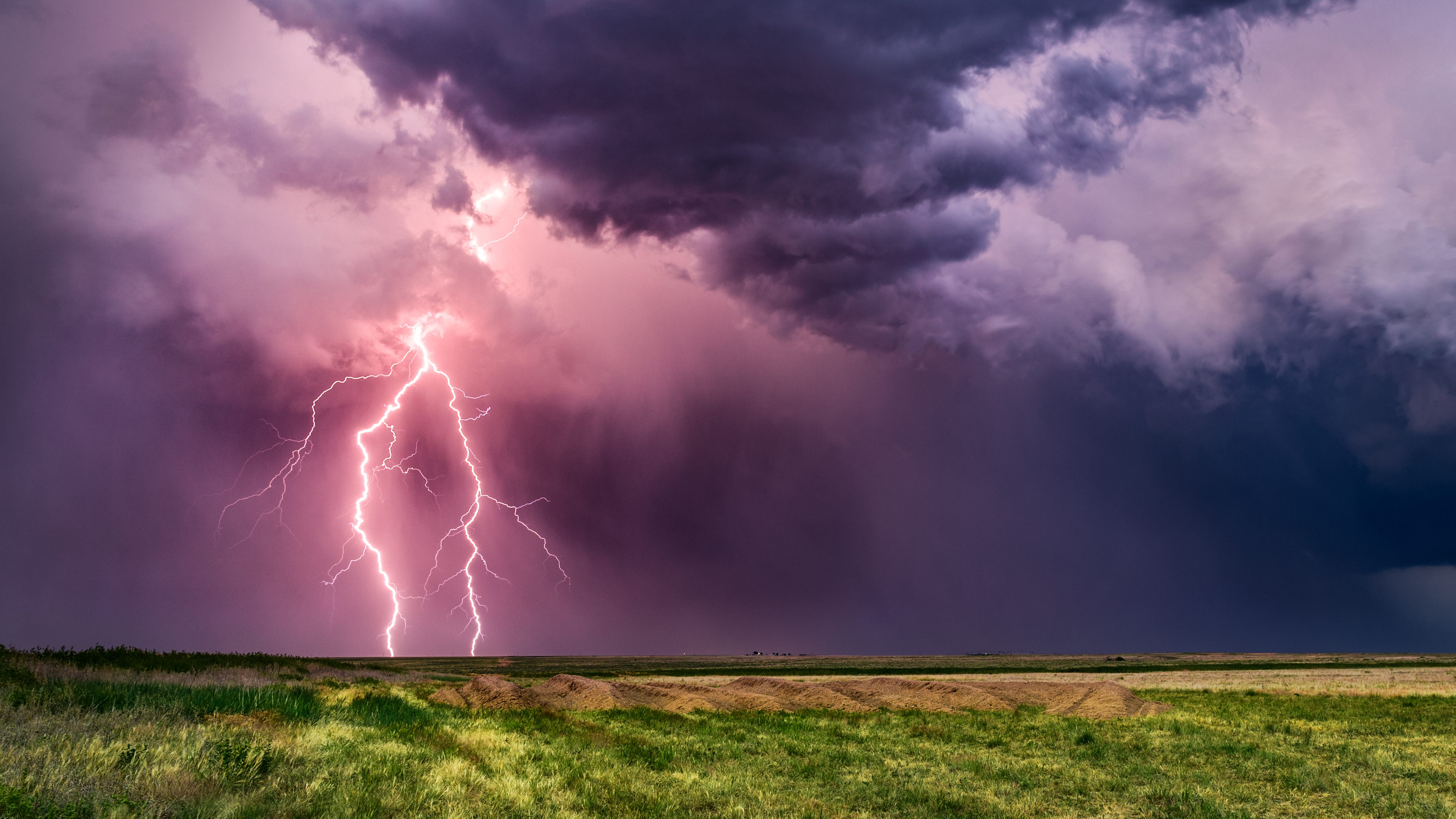
How to compose lightning shots
Although a small flash of lightning on the horizon within a vast landscape can look good, the most impactful lightning shots tend to have it filling the frame. However, it's also important to give some scale to the event, so don’t just capture the lightning itself. You should try to keep the horizon line within your composition to lend some all-important scale.
Best cameras and lenses for lightning
The equipment you need to photograph is actually fairly basic. Any manual camera, such as a mirrorless camera or DSLR on a tripod with any lens is fine. However, what lens you choose will make a huge difference to what kind of image you get. For example, if you use a super-zoom lens up to about 300mm then you can get a frame-filling shot. However, with a narrow field of view, the chances of capturing lightning are small. With a wide-angle lens, you can capture a much larger section of the sky, but if you do photograph lightning, it will look quite small in your composition.
So the best lens is a standard zoom lens, which offers the best of both worlds and means you can adapt to the situation. Taking a guess where the lightning will appear is rather hit-and-miss and, besides, you may find the lightning is across a wider area. So having options for focal length could be crucial. If you have room, take multiple lenses with you.
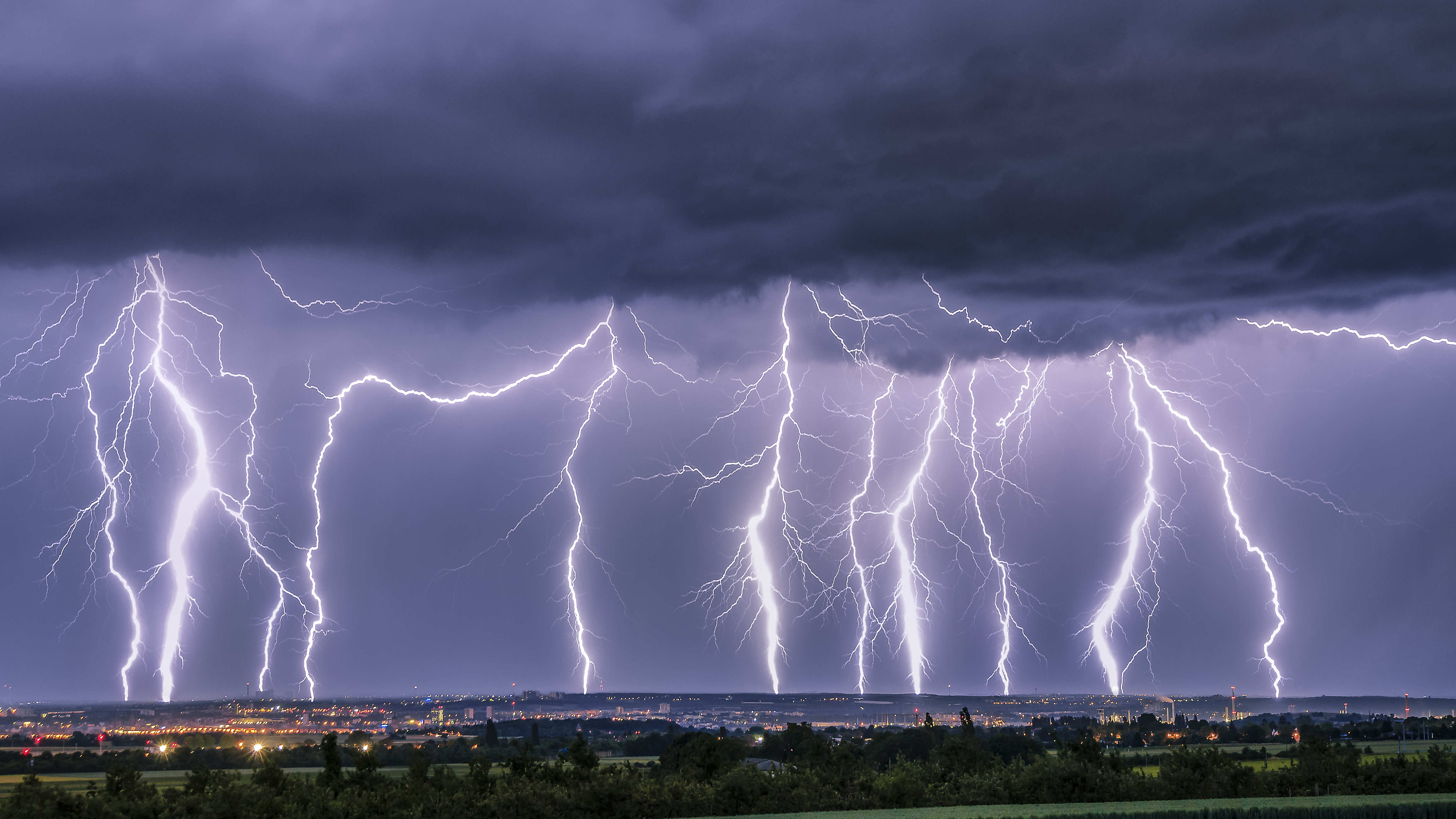
Kit checklist for lightning
- A camera with manual exposure mode
- Wide-angle zoom lens (28-150mm)
- Tripod (preferably carbon fiber tripod)
- Remote shutter release
- Waterproof camera bag
- Waterproof gear
- A hard-top vehicle to shelter in
What are the best camera settings for lightning?
Before you consider anything else, get your focus right. You need to focus to infinity, so on the horizon, which is where the lightning will strike. Focusing is best done manually and then locked in place. Shoot in raw, switch off the noise reduction system and change the white balance to black and white.
Now think about what you’re photographing – bolts of lightning that last about a millisecond. There may be a few in quick succession, but either way, it’s a tough subject to capture if you rely on your wits. The answer is to use long exposures, either by using your camera’s bulb mode (so you choose the exposure time) or setting it to automatically capture a series of 30-second (or longer) exposures. It’s essentially the same technique as shooting a star trail and photographing a meteor shower – most of the time you’ll get nothing, but it’s the only way to capture multiple bolts of lightning. The real difference to night photography is that because the lightning is so bright it’s important to use a much lower ISO or 100 or 200, rather than the ISO 800+ used by astrophotographers. An aperture of around f/8 to f/11 is recommended.
What are the top tips for getting a great shot of lightning?
• Position yourself 6-10 miles away from the storm, so that you’re far from harm. This way, you should also be able to keep the storm in view for longer.
• Switch to Bulb mode. When you see the first strike of lightning, hold down the shutter until you’ve been able to capture the second strike.
• Invest in a specialist lightning trigger. To make the process less hit-and-miss, these devices attach to your camera in place of a shutter release cable and work as a camera remote that triggers the millisecond that lightning is detected (resulting in very short exposures). Products include Pluto Trigger, MIOPS Smart+, MK Controls Lightning Bug and Lightning Bug Plus.
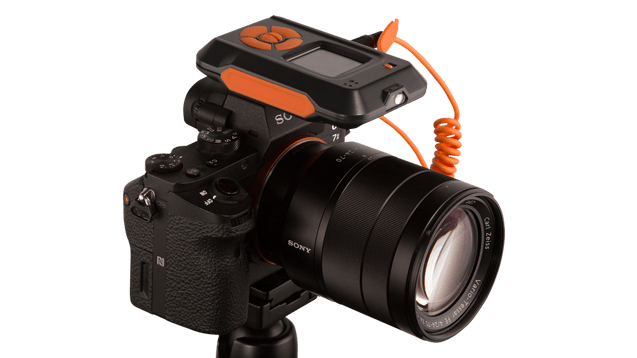
How do you stay safe when shooting lightning?
Attempting to photograph lightning can be dangerous. On average, 28 people in the U.S. die each year from lightning strikes, according to the CDC, mostly in June through August. Florida, Texas, Colorado, North Carolina and Alabama have the most deaths. In the UK, three people are killed by lightning per year on average, found a study.
Most people who die, or get injured by lightning, are indulging in outdoor activities – like photography. The crucial time to take cover is when you hear thunder – though if it’s already raining, that’s another clue to stop taking photos and escape. Find a safe, enclosed shelter, or a hard-top vehicle, and stay there for half an hour. Trees and telephone poles should be avoided, as should water. Get down from a peak or ridge (retreat to lower ground, where lightning is less likely to strike), and don’t stay in exposed areas. One small (though expensive) safety precaution you can make is to use a carbon fiber tripod.
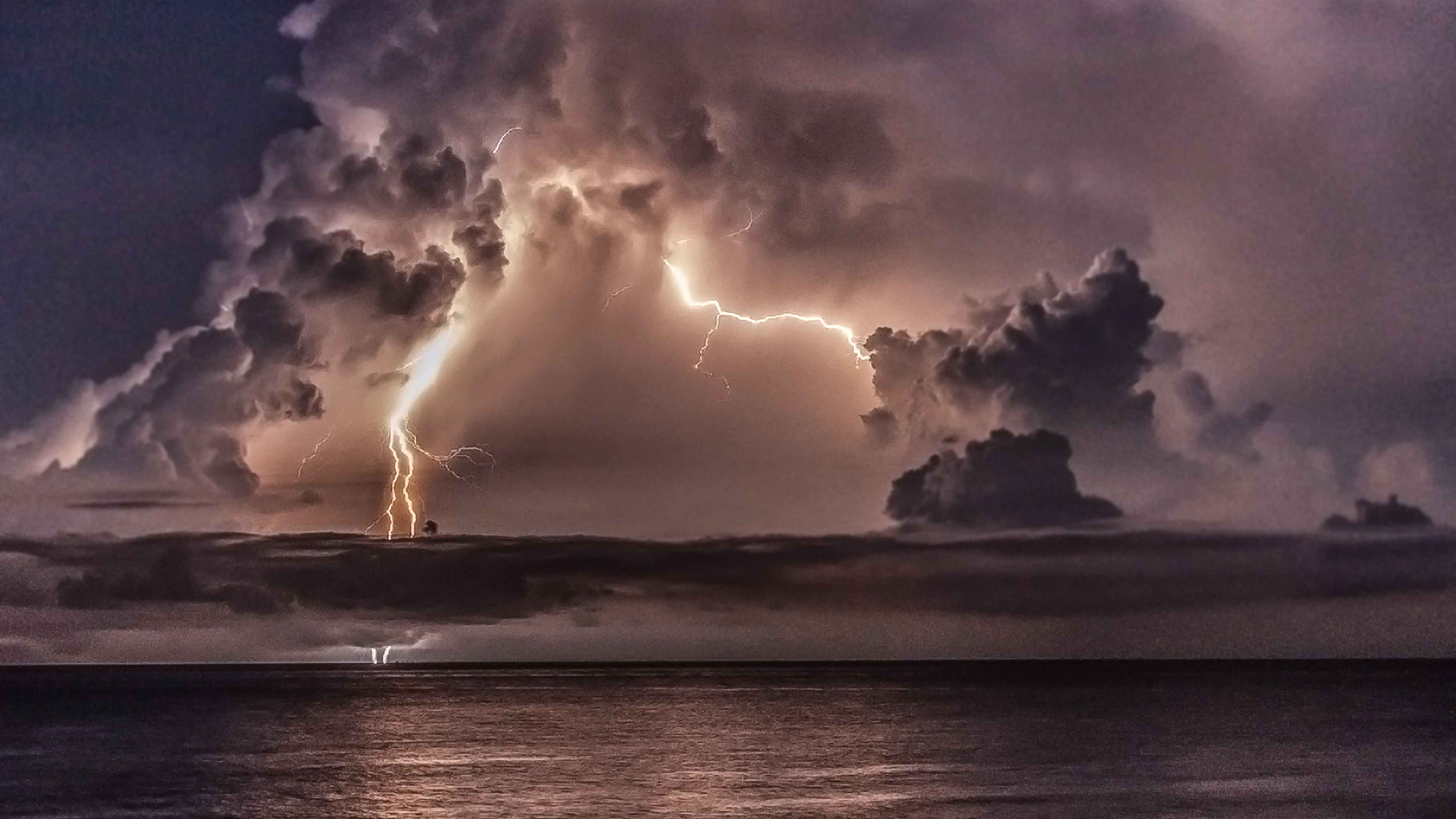
What's the ultimate destination for lightning photography?
Lake Maracaibo in Venezuela, South America is the place to go if you want a really good chance of capturing lightning. On the Caribbean, this huge body of warm water – and warm air above it – meets cold air coming from the Andes to the south and … boom!
The resulting “Never-Ending Storm” is said to occur about 300 nights per year and can last for 10 hours, though it’s best to go during the rainy season in October and November.
Read: 10 things you need to know about astrophotography from a cruise ship
If you enjoyed this article, you may be interested in reading about the best lenses for landscapes, as well as the best lenses for astrophotography and the best low-light cameras.







